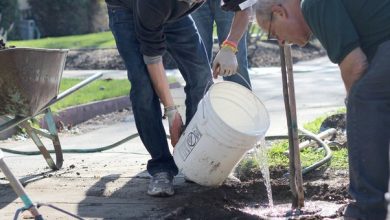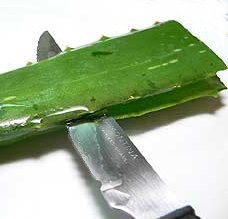Orchid Care: [Soil, Humidity, Pruning and Problems]
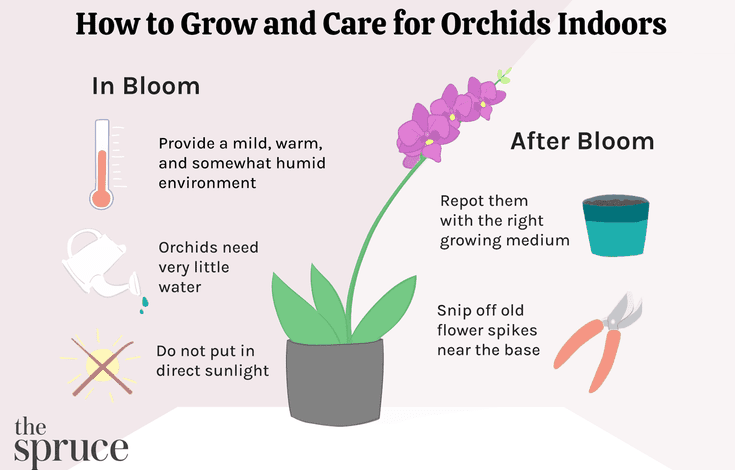
What characteristics do orchids have?

Orchids are a true gift from God of spectacular beauty. They are perennial plants that belong to the genus Orchidaceae.
Around the globe, some 25,000 natural varieties compete that impress with their spectacular colors.
Many genera have unique, unrepeatable specimens, considered endemic.
Such is the case of orchids from the Amazon rainforest that do not reproduce anywhere else in the world.
They have an epiphytic nature, which is nothing more than the characteristic of growing on top of other plants, as if they were fungi or mushrooms, from which they can steal nutrients because they are not capable of producing them by themselves through photosynthesis.
Among the best known species we have the Phalaenopsis orchids, whose shape imitates the figure of a butterfly, spreading its petals, like wings, being of an intense color like fuchsia. Or the Dendrobium, which likes to live on rocks or in a tree that gives it sustenance in exchange for very colorful flowers.
Another famous species is the so-called Queen of Orchids or Cattleya, with beautiful colors and a divine fragrance that fills the entire environment. It owes its existence to the grower Guillermo Catteleya, who was able to create this half-flower, half-tree plant in the mid-19th century. This beauty came to Europe from Brazil.
The Cymbidium species, which comes from the Himalayan mountains in Asia, has also earned its own space and today is used in bouquets commercially in florists, because its flowers last much longer than the others, developing by true from pseudobulbs that distinguish it from the rest of the species.
Like any plant born in tropical forests or remote places in the world, any orchid requires some important special conditions. Read on and you will know how to take good care of beautiful orchids.
What soil needs do orchids have?
A good substrate is a vital element for the good care of orchids. Although the fame of being delicate is not so exaggerated, if fundamental cultivation factors such as the type of soil, type of lighting and irrigation are taken into account, everything will work out.

There is a very important preliminary consideration for growing orchids. There is a lot of types. There are the epiphytes, but there are also terrestrial and semi-terrestrial. In the case of epiphytes, the following preparation of the land is convenient, to give them a long life.
- 3 parts of white peat.
- 3 parts of pine bark, if it is Mediterranean much better.
- 3 cork parts.
- Another equal part of granulated clay.
- 2 grams of acid lime, for each liter of substrate.

Pine bark together with cork are taken as the base of the substrate. Together they provide the right acidity for the plant, with the prior help of added acid lime.
In the same way, white peat is added, responsible for helping to maintain the adequate humidity that the orchid needs in a sustained manner. The clay granulate gives ventilation to the preparation.

In the case of terrestrial or semi-terrestrial types of orchids, the preparation of the land is as follows:
- 1 part white peat.
- 1 part charcoal.
- 1 part vermiculite.
- 5 parts of pine bark.
- 2 grams of sour lime per liter

In this case, as has already been seen, the pine bark predominates and the cork is ignored. The idea is that the charcoal helps to increase the pH of this substrate. While the vermiculite helps the mixture retain essential salts very well.
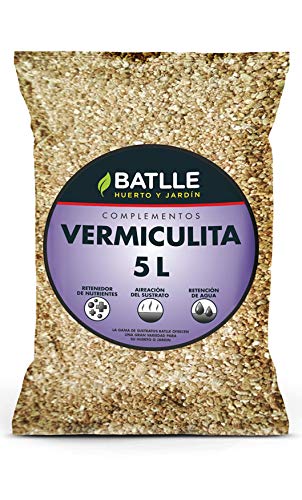
Finally, with the correct amounts of each component of the mixture, the pot is filled with an additional dose of love and optimism.
How to make orchids grow strong and vigorous?

The universe of orchids is unique. Sculpted by the hand of God, they are a true blessing in any home.
Because they attract the best looks and give divine colors and aromas that bring peace and joy.
A very delicate part of this plant is its roots, which require constant monitoring.
That is why there are those who recommend that the pots be transparent, because it will be much easier to appreciate the changes in the color of the roots.
If they are green, that means they don’t need water. They are satisfied, but if they turn whitish then the alert will be total and the plant must be watered generously.
The Phalaenopsis species is one of the most sensitive to changes in environmental humidity. That is why it is common to see it in white or transparent containers. And it is that waterlogging is perhaps the worst enemy of the orchid. You have to be very careful to moisten the water, but never excessively.
The epiphytic variety loves heights, so it is preferable to have them in hanging pots since the aerial roots will be able to expand normally to absorb environmental humidity more easily.
The most plausible option is to place it on top of a trunk or stem, because that is how it lives in natural conditions. Another important piece of information for a successful cultivation of orchids is the performance of periodic transplants, every 2 years.
It is preferable to change the pot at the end of winter and early spring, when temperatures begin to rise. This is done this way because in that period the plant restarts its rhythmic activity. It is essential not to make the following mistakes when growing orchids at home:
- Common substrates that are not aerated should not be used.
- Excessive watering makes them sick, because they will immediately suffer attacks from fungi and bacteria.
- Orchids should be planted in a suitable pot, with large holes that allow optimal drainage and legs that help it stand up, that does not touch the ground, since in this way the water will drain easily after watering.
- Another unforgivable mistake is deciding to transplant when the plant is in bloom. This activity can never be done as it will be disturbed by the change, stressed and loses vigor, energy.
- Natural light is of course another important factor for healthy growth. They must receive it abundantly but always indirectly.
- It is necessary to fertilize with specific products for orchids, because they contain nitrogen, phosphorus and a dose of potassium, great stimuli for a good flowering of the plant.
- Lastly, try to get to know the species very well. There are differences in care, depending on the variety, so they cannot be improvised and it is better to document well in advance, so that the crop is successful and we feel the greatest pride when the orchid gives us its beautiful flowers.
Terrestrial orchids are those whose roots grow underground. As simple as that. Its stems are much more upright, stylized because that is how they get the nutrients it requires to develop fully.
In the case of epiphytes, there is a food substance called humate present in the cracks or holes in the bark of trees, where leaves, moss, water and remains of branches accumulate that end up becoming a good source of nutrients.
For this reason, the natural habitat of orchids must be imitated as much as possible, depending on the variety that we are honored to cultivate.
What humidity do orchids need?
A fundamental fact is not to exaggerate, as we have already said about irrigation. Orchids do not need to be watered daily. They can cause root rot. In conclusion, flooding must be avoided at all costs because a high percentage of humidity significantly harms them.
Is it necessary to prune orchids?
It is appropriate to prune orchids when the leaves turn yellow, just as it is necessary to remove dry or damaged stems, but they should always be cut from the third node counting from the base of the plant. This will help the plant stay healthy, with a good growth rate.
How often should we prune orchids?
Prune at the end of the flowering season. Pruning is really tricky on an orchid. There are well-known species such as the so-called butterfly orchid or the Phalaenopsis that require pruning once a year in order to stimulate abundant flowering.

In reality, most species need to be pruned constantly, because dried flowers and leaves rob them of vigor and energy.
How can we avoid orchid pests and diseases?
The key to avoiding fungal diseases, the most common in orchids, is in the humidity of the substrate. There are those who believe that it should always be kept moist, when it is not. Orchids can withstand severe droughts after several hours of humidity.
By leaving a very moist substrate, we are contributing to the appearance of rot in rhizomes and pseudobulbs, one of its worst enemies. So it is necessary to take extreme care of this aspect during the home care of orchids.
The solution to this problem is to have the help of containers with large holes so that the water drains very well.

The use of materials such as pine bark, perlite, almond shells, coconut fiber, clay, pieces of giant fern roots and other materials of different granulometry are especially favorable to help drain the land.
For example, slightly crushed charcoal is sensational because it has a very porous texture and, when added to the substrate, provides the plant with many nutritional substances.
However, care must be taken that the bark does not degrade, because then the humidity will increase substantially and an urgent transplant will be necessary to prevent the roots from rotting.
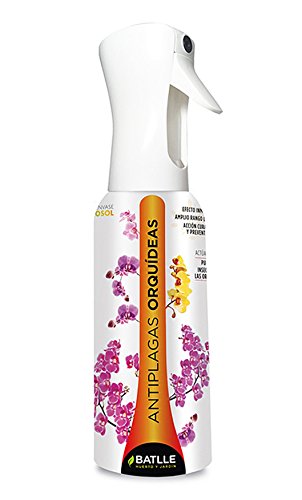
Finally, it is very important to make sure that all these substrates are certified, free of fungi and bacteria, that they come from recognized places of sale.
Maybe you are also interested in:
- How often and how to water my orchids in winter?
- 6 Types and Varieties of Most Famous Orchids
- Fertilize Orchids: How, When and How Much? – Sow100
- Learn to Take Care of your Dendrobium: Everything You Need
- White Orchid Care: [Soil, Moisture, Pruning and Problems]
- Phalaenopsis Orchid Care: [Soil, Humidity, Pruning and Problems]
- Orchid Care in Winter: [Soil, Pruning and Problems]
- Orchid Cuttings: [Grafts, Time, Rooting and Planting]
- Orchid Pests and Diseases: [Detection, Causes and Solutions]
- Types of Orchids: [Characteristics and Classification]

![Photo of Vegetables: [Concept, Types, Classification and Examples]](https://www.complete-gardening.com/wp-content/uploads/2022/08/vegetables-concept-types-classification-and-examples-390x220.jpg)
